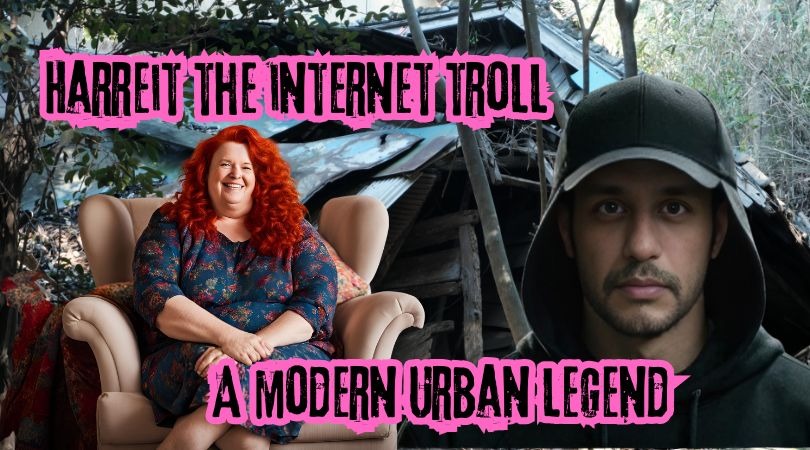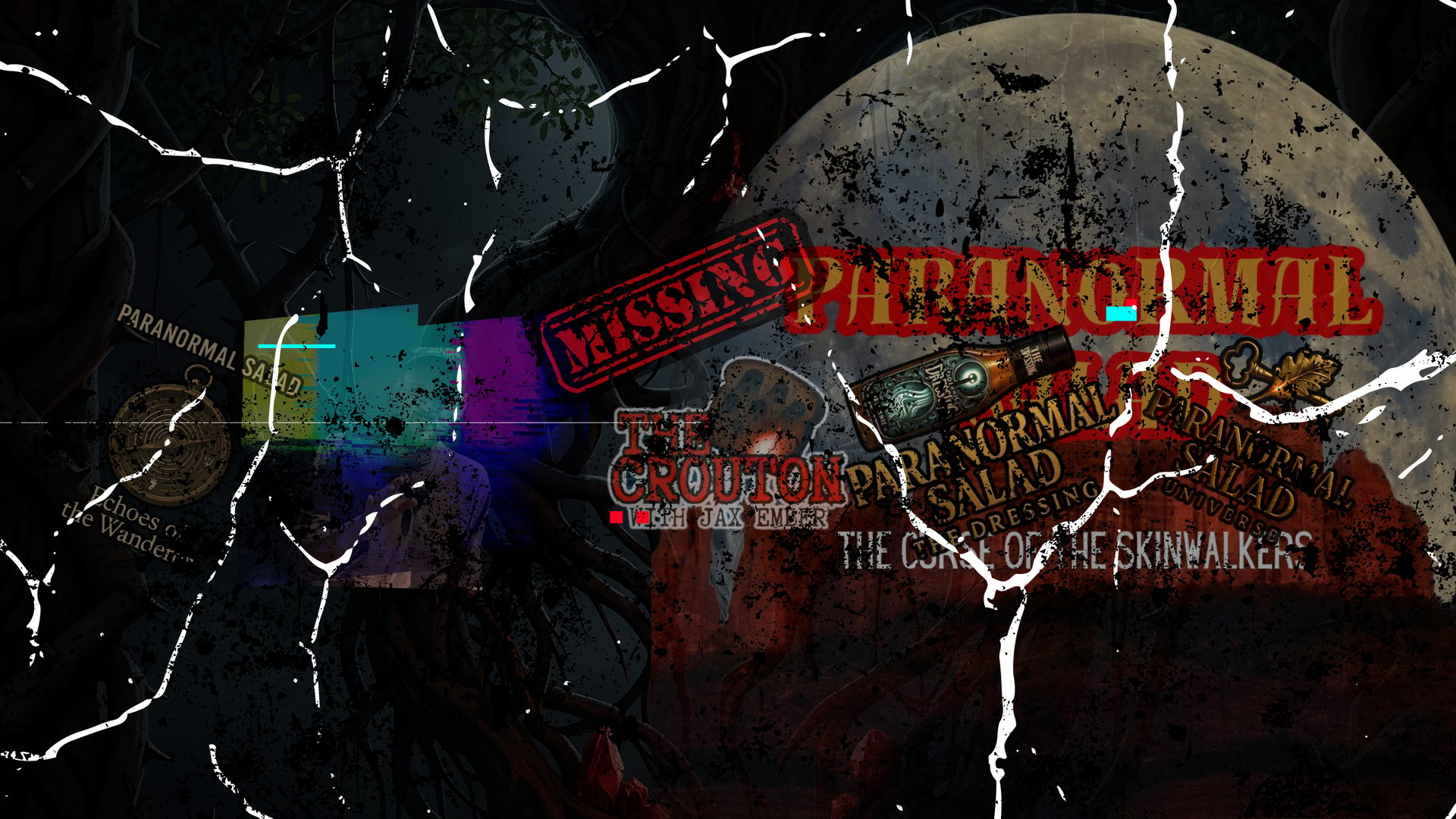The Legend of Harriet: The Internet's Most Dangerous Troll By J.A.X. Ember, Host of Paranormal Salad Dressing
URBAN LEGENDS
J.A.X Ember
1/8/20254 min read


In the vast ecosystem of modern folklore, new myths are born not in secluded forests or ancient ruins but in the digital landscapes where humanity now thrives. One such tale, whispered in online forums and passed along in hushed comments, is that of Harriet—a figure who has transcended the role of the ordinary internet troll to become an unsettling harbinger of community decay. At first glance, Harriet is an archetype we’ve all encountered: an outspoken critic armed with a keyboard, keen on pointing out the flaws in anything she deems unworthy. But Harriet’s story, like the legends of old, carries an air of the inexplicable—a pattern of destruction that defies mere coincidence. Whether Harriet is a cautionary tale, an urban myth, or something more sinister is up for debate. What remains undeniable is the chilling impact attributed to her name.
The Bakery: Where It All Began
Every legend needs an origin, and Harriet’s begins in a small-town bakery celebrated for its buttery croissants and warm apple pies. For decades, the bakery stood as a bastion of comfort and tradition, its shelves lined with pastries that drew locals and tourists alike. But when a new owner introduced vegan options to the menu—a modern twist meant to attract a broader audience—the seeds of discord were sown. Harriet took to social media, her outrage dripping with derision. “Why ruin tradition with this PC nonsense?” she typed, her words spreading like wildfire through the town’s digital networks. Within days, the bakery’s vegan pastries were gone—not due to lack of interest, but because of a string of bizarre mishaps. The ovens malfunctioned. A sudden rodent infestation drove customers away. And most mysteriously, the bakery’s entire supply of vegan ingredients was compromised by an unexplained allergic reaction among staff. In less than a month, the bakery closed its doors for good. The locals mourned its loss, but their grief was tinged with unease. This was more than an unfortunate series of events—it was the first chapter in the legend of Harriet.
A Trail of Wreckage
Harriet’s influence did not stop at pastries. Next, she set her sights on the town’s beloved folk music festival, a vibrant annual event featuring fiddlers, storytellers, and community revelry. Harriet’s critique came swiftly: the festival was “outdated,” “insensitive,” and “pointless in today’s world.” Her words reverberated online, attracting attention and controversy. Then, as if on cue, calamity struck. The festival’s main stage collapsed overnight. Instruments vanished, inexplicably replaced with piles of rocks. Performers reported a sudden, inexplicable fatigue that left them bedridden. The festival, once a cornerstone of community pride, was canceled indefinitely. Other instances followed. A historic blacksmith shop—dubbed an “eyesore” by Harriet—was reduced to ashes in a freak fire. A park known for its towering oak trees became a barren concrete playground after Harriet decried the “messy leaves.” Each incident bore the hallmarks of her wrath: an initial online tirade followed by a cascade of inexplicable misfortunes.
The Making of a Modern Myth
What makes the legend of Harriet so compelling is the way it intertwines the mundane with the supernatural. On one hand, Harriet’s actions reflect a familiar phenomenon: the power of online outrage to shape real-world outcomes. On the other, the events attributed to her seem almost preternatural in their precision and inevitability. How could one person’s complaints lead to such widespread destruction? Theories abound. Some believe Harriet’s legend is a cautionary tale about the unchecked power of negativity in the digital age—a reminder of how words, once spoken or typed, can ripple outward with unforeseen consequences. Others suggest a darker explanation: that Harriet is not a person but a force, an embodiment of the erosion of tradition and joy in the face of relentless critique.
A Harbinger of Loss
Today, Harriet’s name carries an almost folkloric weight. To encounter her online is to feel a chilling sense of dread. “Is this just another angry internet troll?” people wonder. “Or is this Harriet, the eraser, waiting to strike?” The uncertainty only deepens her mystique. Communities have begun to treat Harriet’s legend as a kind of warning. Protect what you cherish, they say, and nurture it with resilience and care. For if Harriet’s tale teaches us anything, it is this: tradition and community are fragile things, easily swept away by a storm of discontent.
The Lesson in the Legend
Whether Harriet is real, imagined, or somewhere in between, her story resonates because it taps into a universal fear: the loss of what makes us whole. In a world increasingly shaped by the digital sphere, where the loudest voices often prevail, Harriet’s legend reminds us to tread carefully. Words have power—to build, to preserve, and, as Harriet’s tale suggests, to destroy. Perhaps the best way to counteract the legend of Harriet is not to fear her but to resist the forces she represents. Celebrate your traditions. Support your communities. And above all, remember that even the most enduring legends can be rewritten—with hope, kindness, and the collective will to protect what matters most. But there’s another piece to this puzzle, one that remains unanswered: Have you encountered Harriet? Have you witnessed the strange string of events attributed to her infamous online presence? If so, share your story. Perhaps together, we can unravel the mystery of Harriet and shine a light on the shadow she casts across the digital world. Let us know in the comments or reach out to continue this conversation.

Robert Jerome Pagan @ Copyright 2025
Paranormal Salad (TM)